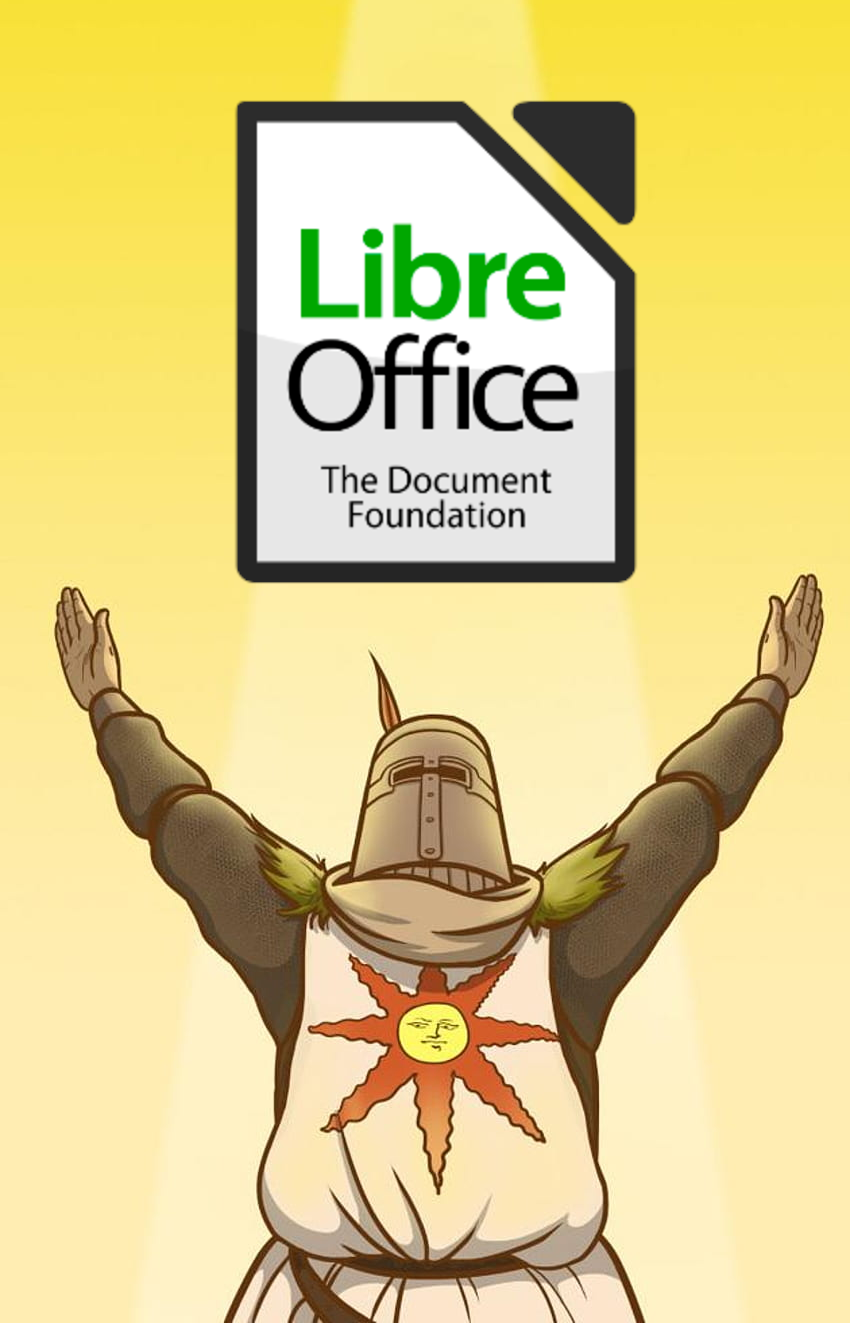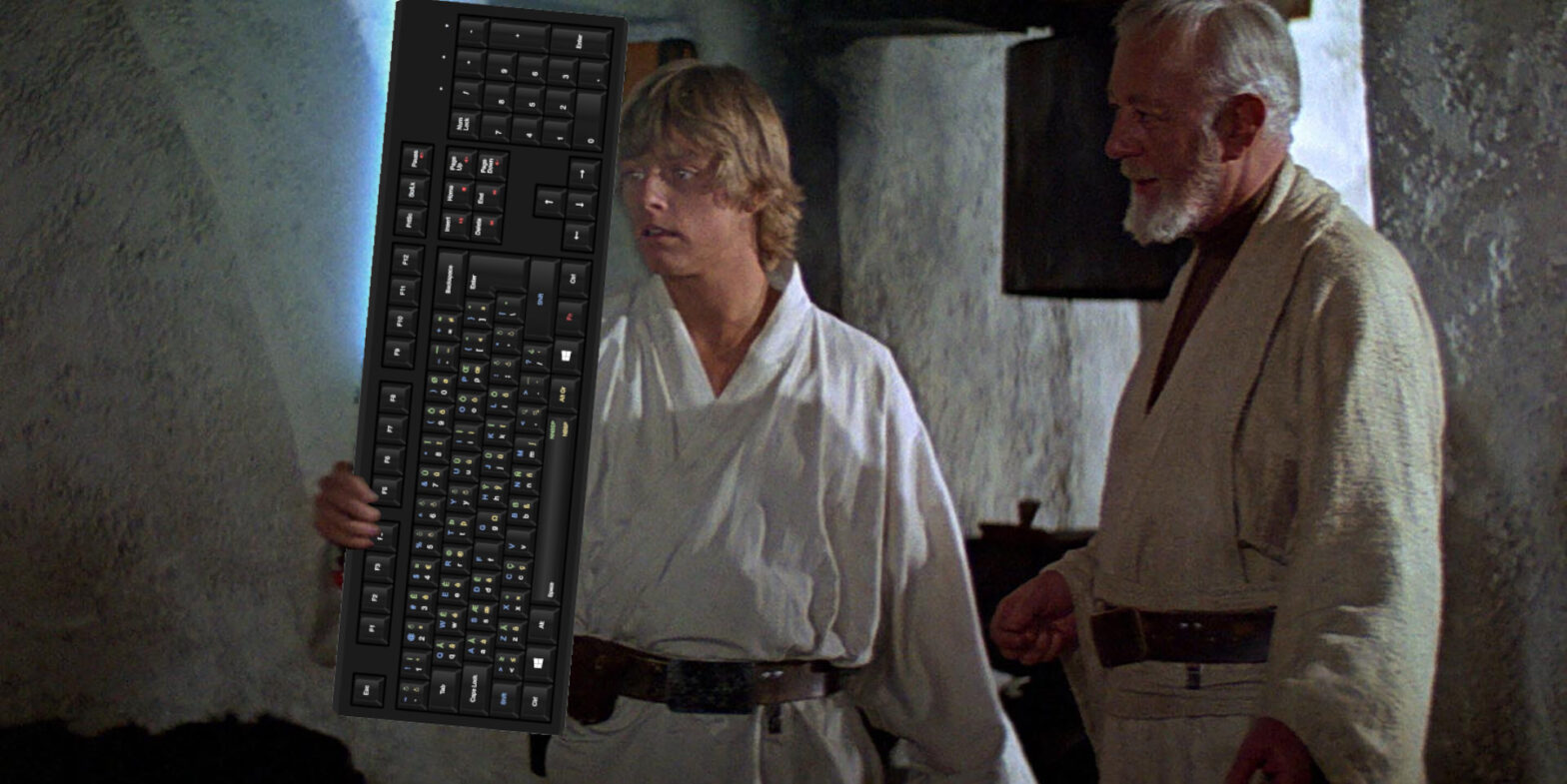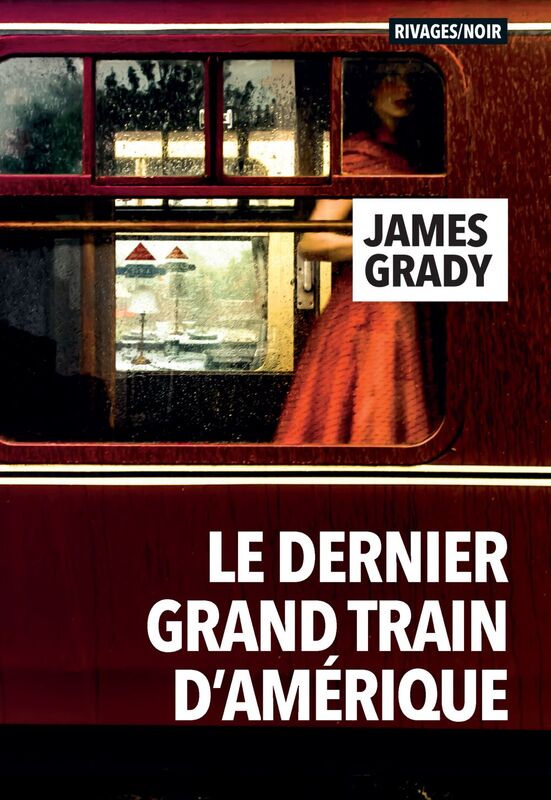This is the question I always get when I say I’m a translator. Sometimes, those asking are implying “Is it good? Do you use it?”; at other times, it rather means “Unemployed already?” But it’s a legitimate question! I’m quite a technophile (I mean, I’ve had a custom keyboard made!); why, as a translator, shouldn’t I use yet another translation tool?
For many reasons (and because I have the option not to; not everybody can, I’ll come back to it). Before I list them, I need to make something clear: I say “AI” (=artificial intelligence) because it’s the word used most frequently these days to designate the large language models (generative artificial intelligence tools, the most famous of which is OpenAI’s ChatGPT) and, to a lesser extent, neural machine translation (like DeepL). These are the “tools” I oppose. I have nothing against AI when it decodes the human genome, when it detects upcoming natural disasters, or when it makes me think I’m very clever in video games. I’m no technophobe, and I have a precise target in mind when I talk about AI.
This point being settled, here’s why I’m against AI in translation.








